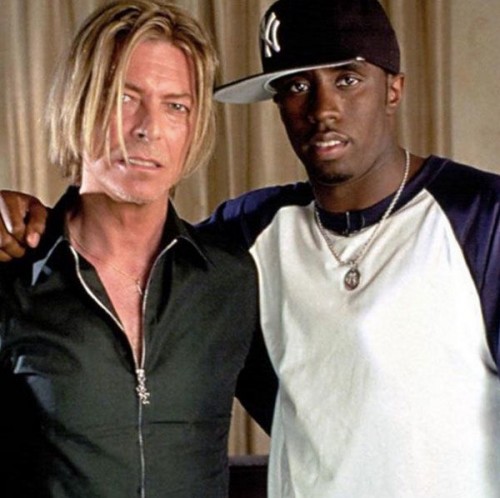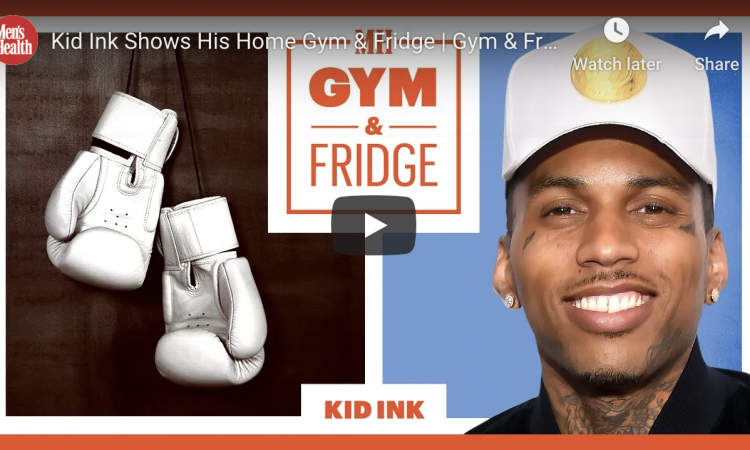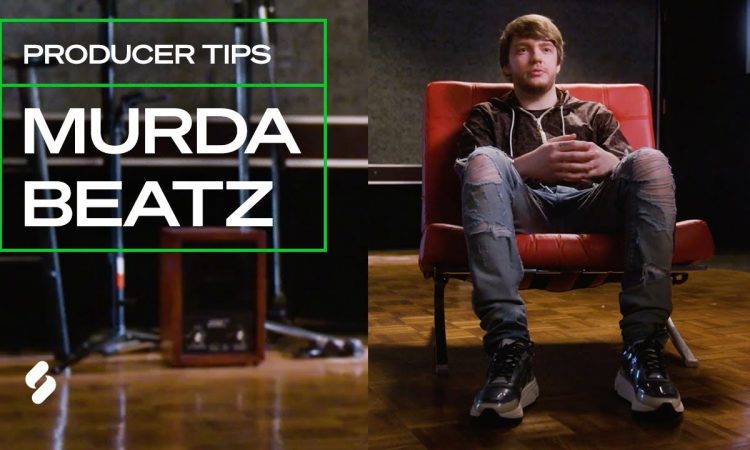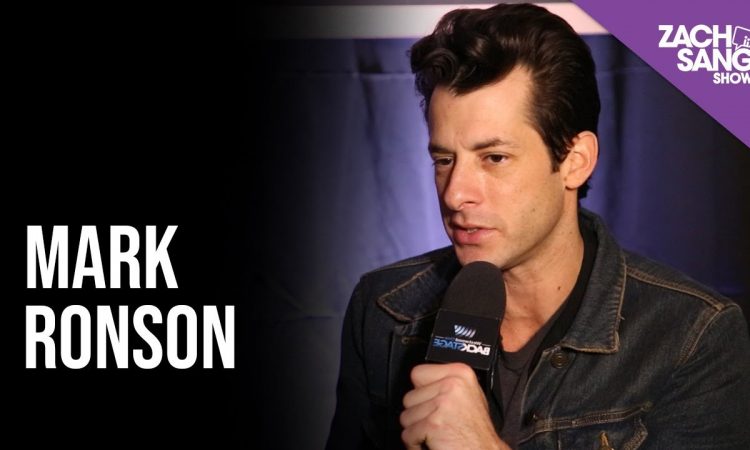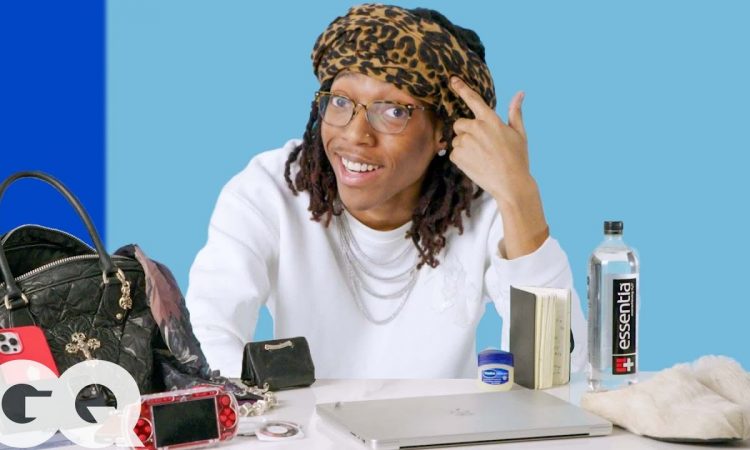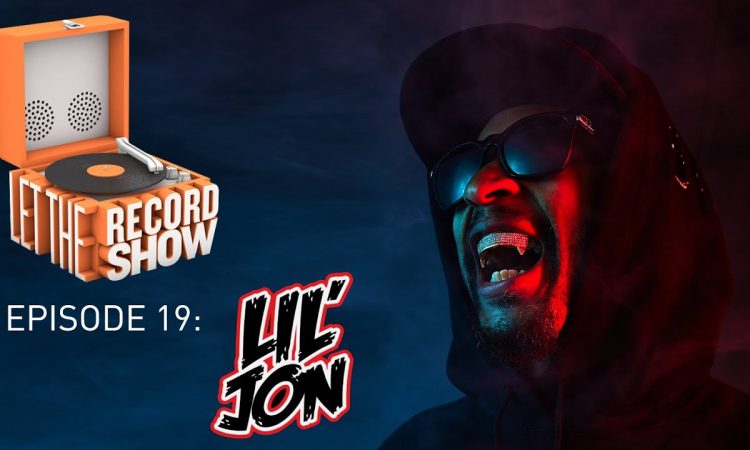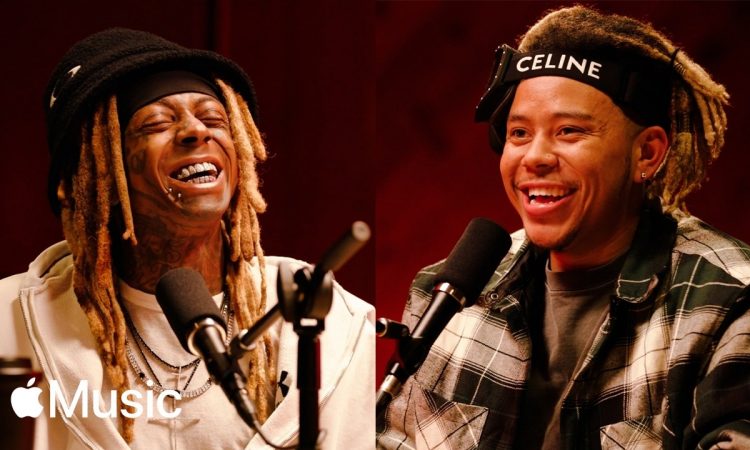David Bowie’s impact on hip-hop is undeniable, and we can look directly at Puffy’s 1997 hit “Been Around the World” as an example. The Biggie and Ma$e-featured track includes a prominent sample of Bowie’s “Let’s Dance.”
Complex recently did an interview with Deric “D-Dot” Angelettie, the inimitable producer behind the hit. D-Dot is an integral member of the Hitmen, Bad Boy Records’ in-house crew of producers, and brought the “Let’s Dance” sample to the boards for Puffy’s hit single. He details how the record came together, Bowie’s influence on his music, and the story behind the legendary hit that appeared on No Way Out.
Whose idea was it to bring in the David Bowie sample?
That was pretty much all me. I grew up in the clubs in New York like the Paradise Garage, the Tunnel when it was a club before it became a hip-hop club. I used to go to a few house clubs, and “Let’s Dance” was one of the records that would always get played. I grew up in Brooklyn, and I used to go to Coney Island, and they used to always play that record. We’d have these outside parties in the ’80s. They’d let the young kids come out and have a DJ play for hours. That song was always crazy to me.
Growing up, I had no idea David Bowie was white. As I got older, somebody told me that a lot of the records I used to dance to were by white people, and I had no clue because they sounded so soulful. As the years went on, as I became a Hitman, Puffy just wanted to be on the radio a lot. And I like to dance, and he likes to dance, so I thought it’d be a good idea to jack that record because it’s a dance record. That was the time we were sample kings, and I knew people weren’t checking for that record, they were going to the old standards like James Brown or Barry White. I was never one of them guys. I always wanted to think out of the box. That was it. Puff loved it.
Tell me a little bit about the process of reaching out to get the sample cleared.
I didn’t personally reach out to him, and I don’t think Puff personally reached out either until it was necessary. We had the sample clearing company who reached out first, and then we had to send our version to David Bowie’s camp. After that, Puff and them got on the phone and explained what the record was all about. A lot of those artists—not just David Bowie—but artists from that era really weren’t fans of us sampling their music. He just happened to be iconic, ahead-of-the-game—his mind was already 20 years ahead. He was more than open to the concept. I didn’t believe we’d get it cleared. That allowed us to take their music and introduce it to a whole new generation of people. All the kids we grew up with, they may have heard “Let’s Dance,” but they didn’t know who it was by or how it applied to our culture.
Was Diddy a fan of “Let’s Dance” beforehand?
He loved it. He’s only a year younger than me so he knows exactly what it was. A lot of the songs that we did, he relied on me to go digging to go find those things that best enhanced the Bad Boy sound that he wanted to create for that era. It was dance music. We wanted to see people happy, and we wanted to see people dance. So, we tried to find those records that could work, and “Let’s Dance” was one of them.
This was a time where there was a lot of debate about the concept of sampling. Did people accuse you guys of just taking that sound and running with it?
The unique thing about what we did is that we did sample the records, but we added so many more elements on top of it. If we took the sample off the record, you almost wouldn’t have known it was in there. We had gifted musicians around us—like myself, Chuckie Thompson, Stevie J, J-Dub, and Mario Winans—so we can recreate and replay anything. We added bass lines, more chords, more strings, more percussion on top of the song. So, when you hear the original, even though it may feel like it’s going the same way, if you sat and listened, you could hear that we added anywhere from 15 to 20 more elements just to give it that hip-hop feel. More bass. More kicks. More 808s.
There were detractors that just hated the fact that it seemed like we were only looping up records and rapping over it. But the reality of it is, if that’s all we were doing, then everybody would’ve done it. And everybody couldn’t do it. A lot of people tried, but a lot of people really failed at taking samples and rapping over it because there’s so many other elements to making a hit record. There were other people who were like, “Wow, you guys are really digging in the crates for those classic records and educating the youth at the same time.”
That song introduced Bowie to a new generation of kids.
I meet kids all the time that say they were in junior high when we were in our heyday and some of the music that they listened to, they could remember their parents listening to it when they were younger. You fast forward, and now their favorite rappers are rapping over these old songs and putting elements in them that keep them current. It worked.
How much would a sample like that cost in 1997?
I have some numbers I could throw out there, but it’d be so random. The sample clearances were all dependent on the trade offs we could do with each other, the artists we were sampling. A lot of times we were sampling artists who hadn’t made money in 20 years so for them, this was like, “Oh my god, I gotta get as much money out of this as possible because it might not ever happen again.” Then you got people like Barry White or James Brown, every other week someone was sampling their records so for them it wasn’t as big of a deal because the next week they’d be getting four more calls. It all depends.
What happened once the song took off?
I believe—and I’m not sure—but Puff got more of a sitdown with Bowie and his team later on. Biggie rapped on the song for us before he died so it’s one of the last records that he did before he died. It’s one of the last records that he did, which was also an integral part of the story because Biggie died right after we made that record—probably 30 to 60 days after we made that song. He had a chance to put a hook on it. It was another good way for us to introduce Ma$e. We introduced him with 112 and on Biggie’s album, but the goal was to put Ma$e on Biggie records to put him in a position where when his album dropped, it would sell. I was a big Ma$e fan, and he was a big fan of mine, so I encouraged Puff to put him on as many of my records as possible. We wanted to keep it consistent because we were banging with radio records.
And this really did take over the radio and the industry.
For me, to be quite honest, the beauty of that record…you know, in the business we have to pay for samples. On that record, there was obviously David Bowie’s “Let’s Dance,” and then we used a chorus from another artist, Lisa Stansfield’s “All Around the World.” In reality, we really didn’t make a lot of money off of that record, but we knew that going into it. We called that our sacrificial lamb: We knew it was going to be big but we had to pay for the samples. But it put me, Puffy, and Ron Lawrence in every club in America, in every radio station in America, in every magazine in America. That was a tool to show we could continually do this and produce more records like that. The beauty of that record is that we didn’t buy our dream houses off that record but it propelled us to do so many other big records. I never got a chance to meet Bowie, but through articles and interviews, I know he was very proud of the record. He was a fan of black music. We were fans of his music. So it was all in the stars.
DOWNLOAD ON DMS

